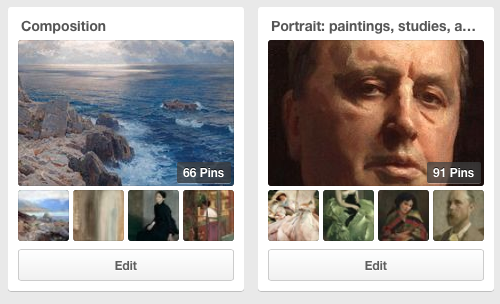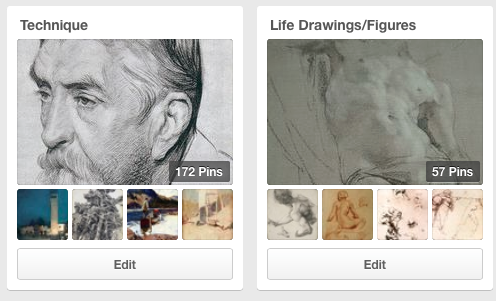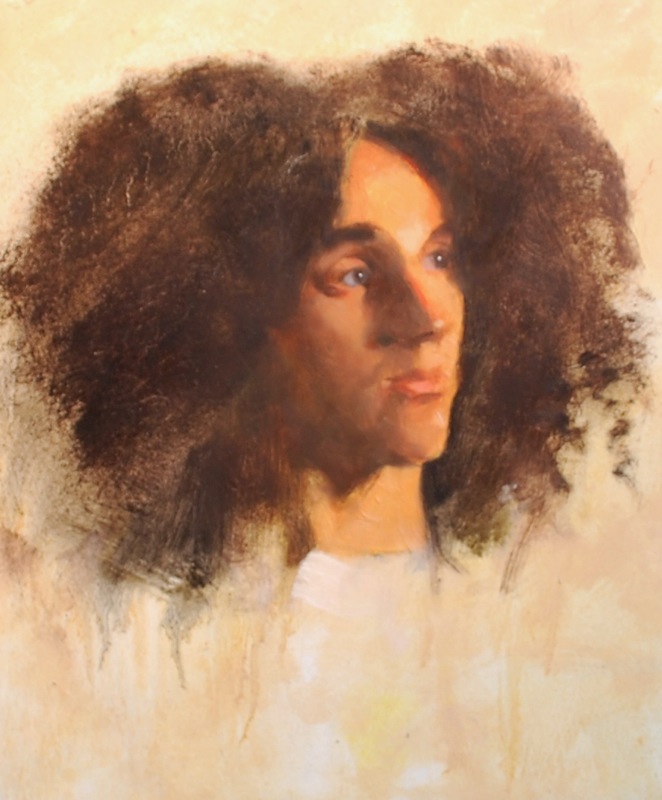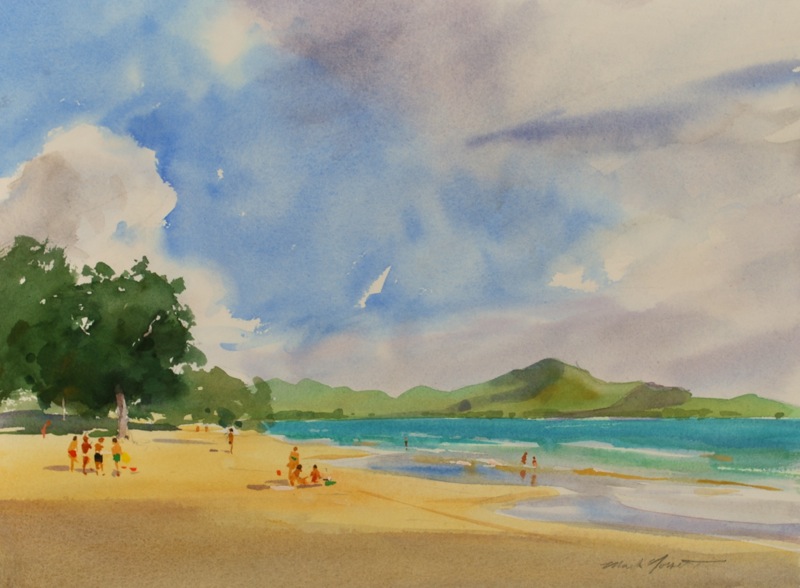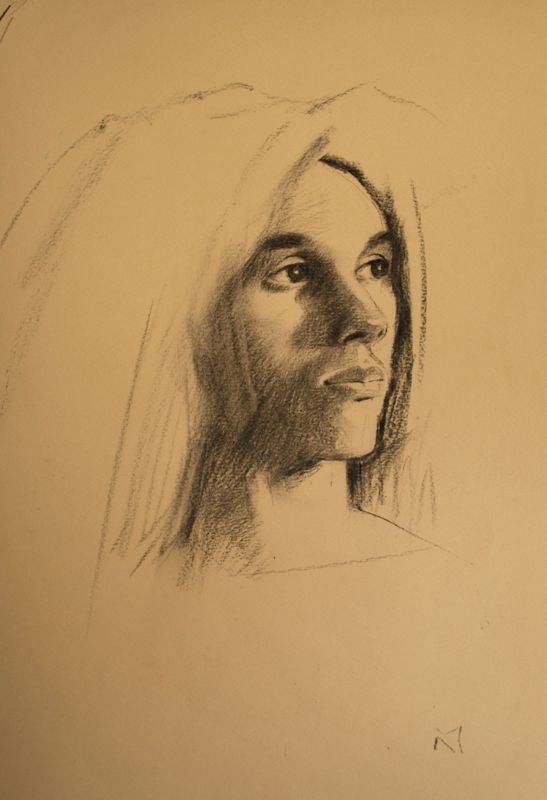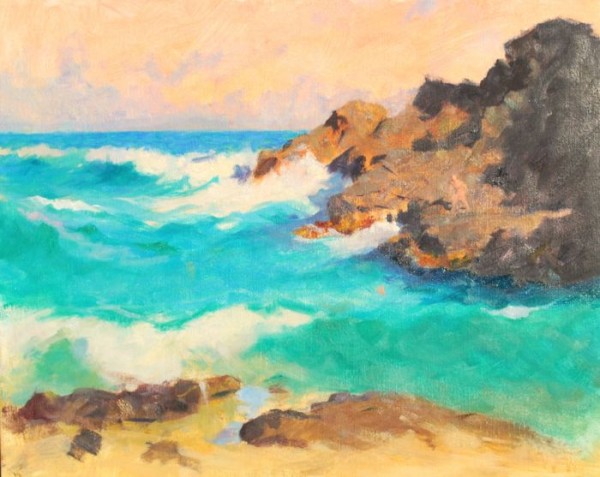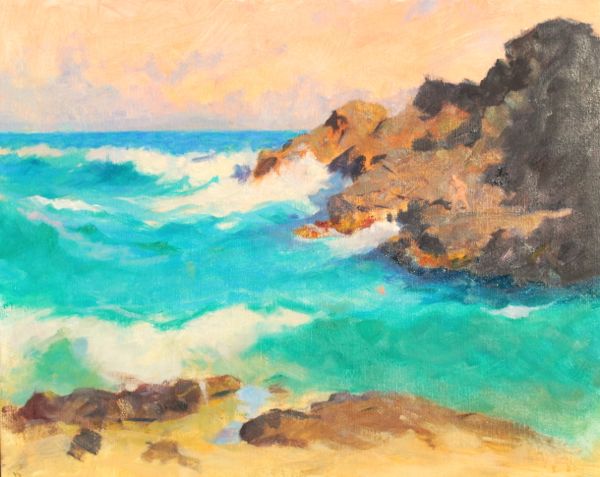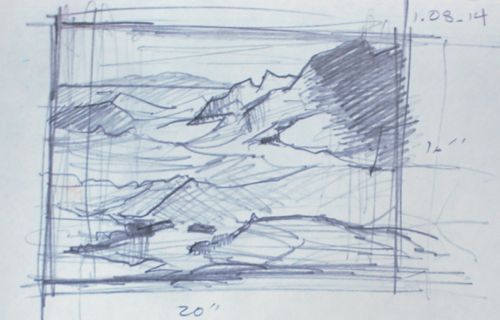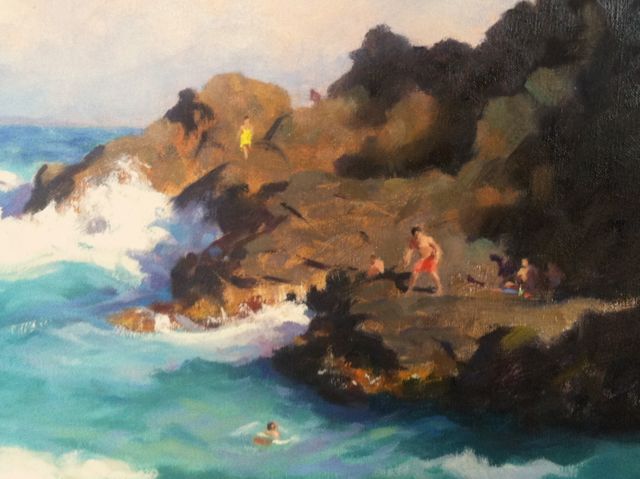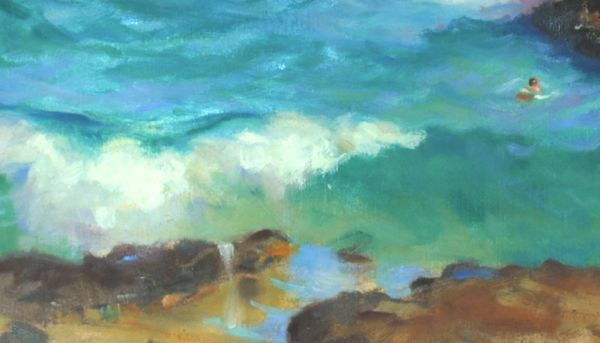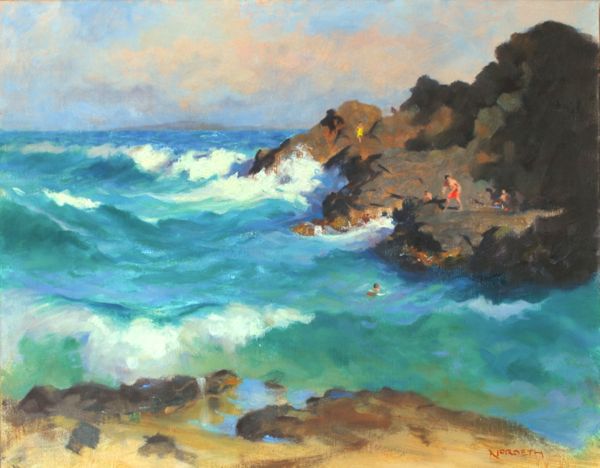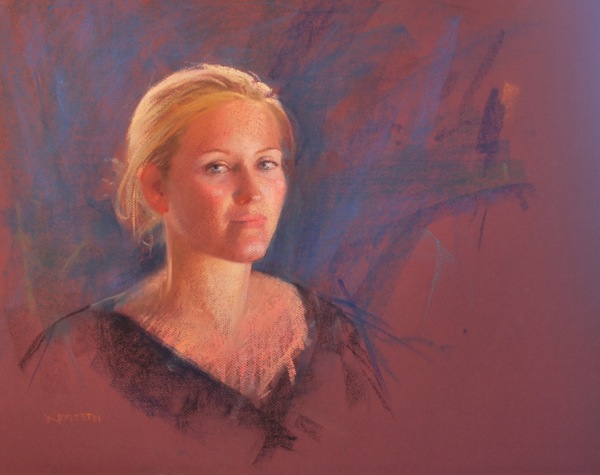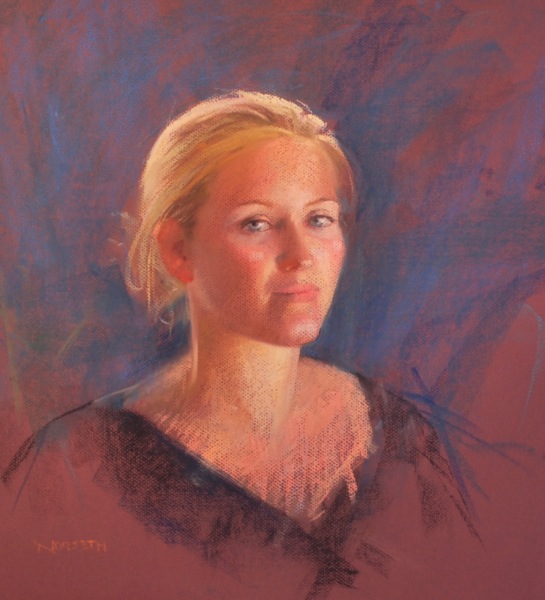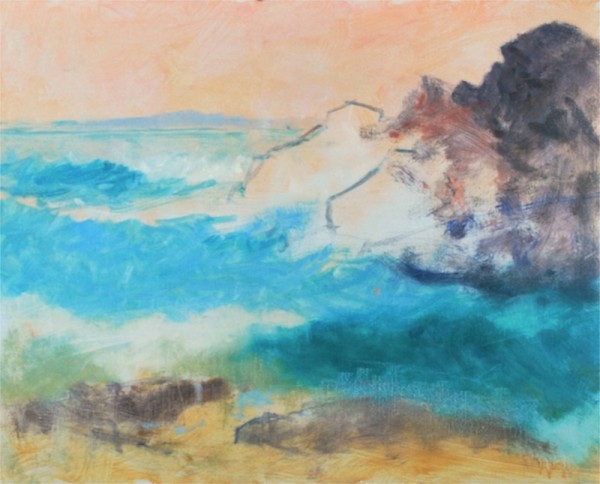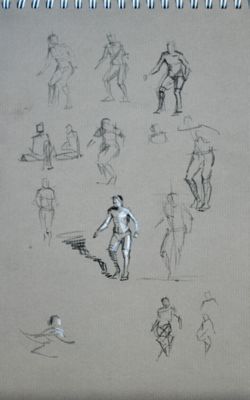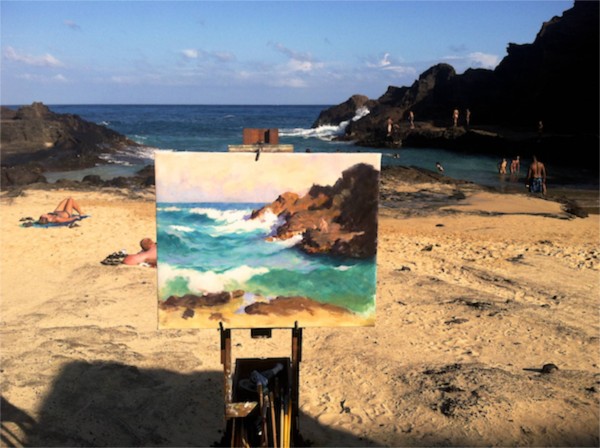In the last few months, I’ve really discovered the value of Pinterest as a very helpful teaching tool. Considering my mild-to-moderate aversion to technology as the answer to everything, this is a concession that I happily make.
Students in my Plein Air, Life Drawing and Portraiture classes are constantly encouraged to look at really good examples of the work of accomplished artists. The difficulty is that they often don’t find the time, recall the names, or know the best ways to investigate the artist’s I’ve suggested. So up to this point, it’s been up to me to bring in examples from books from my personal library or reference files I’ve accumulated. Lot’s of lugging around (and plenty of wear and tear) on out-of-print art books and catalogs that are pretty precious to me.
Then along comes Pinterest.
Using it as a resource, I’ve created boards for each group I teach. Students are reminded, often, to check the Pinterest boards I have up on my page, especially when I’m involved in a one-to-one critique and see a problem that would benefit from an illustration.
For example, ” Composition” is helpful for every student, but especially the Plein Air and Portrait folks. They are usually fully occupied with making things look like what they’re seeing, and of course need to consider the design of the elements as an important factor. With the examples I’ve collected on Pinterest they can see some really interesting uses of pattern and placement that might spark their interest and encourage spending more time on design.
For Life Drawing, there are many beautiful and compelling images of fine drawings available. Beautiful touches, line variety, pieces that reveal construction (The Carravaggio is full of lessons) all to show the tremendous possibilities. Ingres’ drawing of his house cat reminds that there are worthy subjects everywhere, even to the most sophisticated talent.
The “Portrait” group is equally filled with great things, featuring artist’s that are both famous as well as those often overlooked today. And finally, “Technique” is a broadly based collection of interesting and masterful uses of various mediums.
If you are interested in seeing the boards I’ve assembled, just follow the link.
And if I may encourage you, please feel free to grab whatever you like and start your own boards. Great fun and very valuable.

